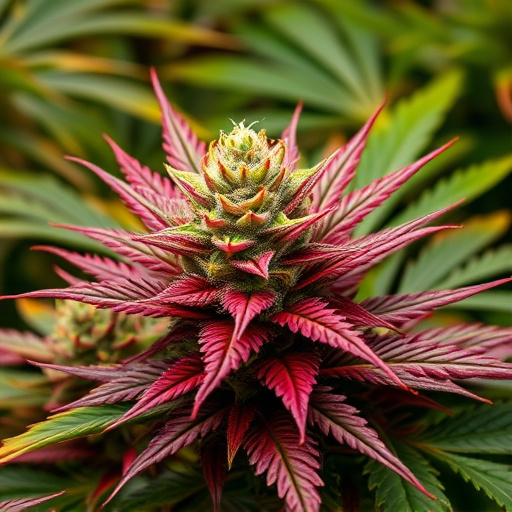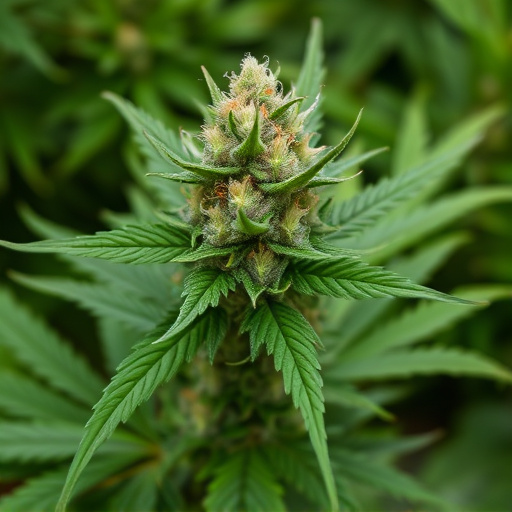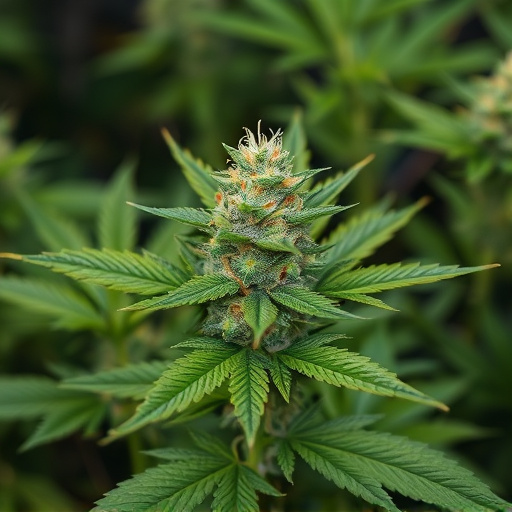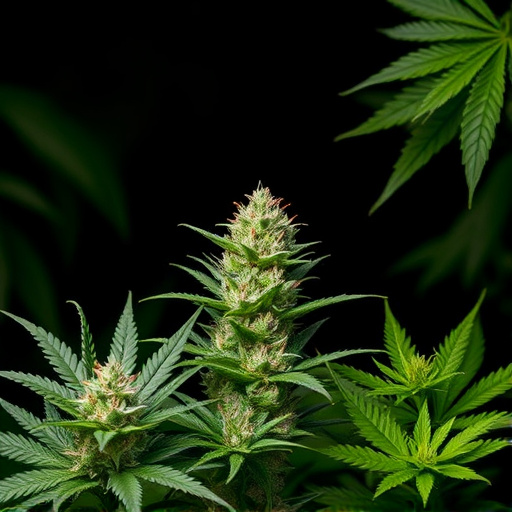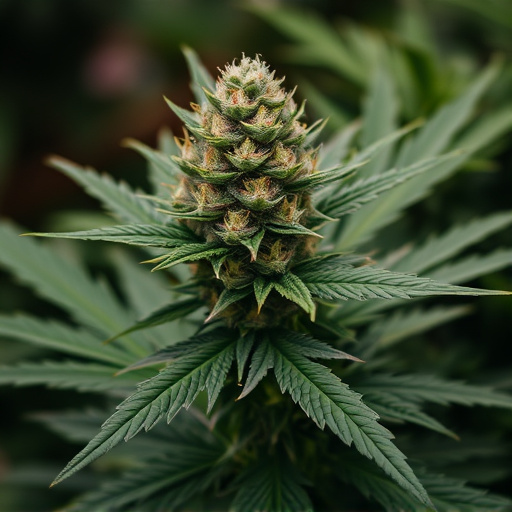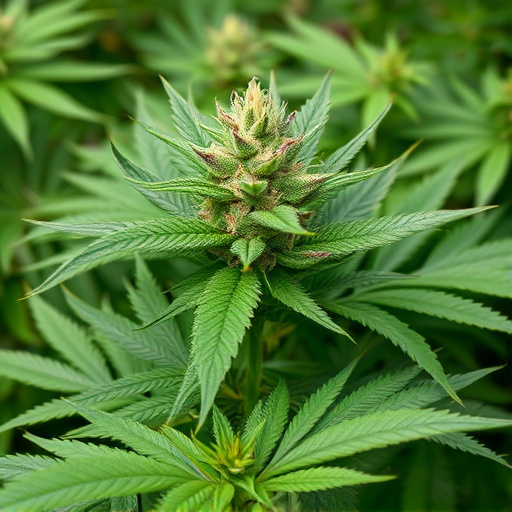Understanding medicinal cannabis dosage requires considering different forms and active compounds, with individualized dosing based on age, weight, tolerance, and condition. Starting with low THC doses and gradually increasing under professional guidance is advised for safety. Medicinal strains, cultivated for therapeutic effects, emphasize non-intoxicating compounds like CBD and vary in cannabinoid profiles and terpene content. Setting safe dosage boundaries through professional guidelines helps maximize therapeutic benefits while minimizing risks associated with medicinal cannabis strains.
“Unraveling the safe dosage of cannabis is a complex journey, especially with the growing popularity of medicinal cannabis strains. This article explores the intricate relationship between cannabis consumption and dosage limits. We delve into the varying properties and effects of different medicinal cannabis strains, offering insights that can help users navigate their treatment options responsibly. By understanding these factors, individuals can set safe boundaries and make informed decisions regarding their cannabis usage.”
- Understanding Cannabis Dosage and Safety
- Medicinal Cannabis Strains: Properties and Effects
- Setting Safe Boundaries: Recommended Dosage Limits
Understanding Cannabis Dosage and Safety

Understanding Cannabis Dosage and Safety
When it comes to cannabis, especially with its growing popularity for medicinal purposes, determining a safe dosage limit is a complex matter. Unlike traditional medications, cannabis is consumed in various forms, such as flowers, concentrates, edibles, and vapors, each with different levels of active compounds like THC (tetrahydrocannabinol) and CBD (cannabidiol). The right dose depends on individual factors like age, weight, tolerance, and the specific medicinal condition being treated. For instance, medicinal cannabis strains high in CBD are often used for their anti-inflammatory and seizure-reducing properties without causing the psychoactive effects associated with THC.
To ensure safety, it’s crucial to start with low doses and gradually increase as needed, under professional guidance. Many medical professionals recommend keeping THC intake minimal, especially for first-time users or those treating specific conditions like anxiety or insomnia. Research suggests that cannabis can interact with various medications, so it’s essential to inform healthcare providers about any other substances being taken. Understanding dosage is key to reaping the potential benefits of medicinal cannabis while minimizing risks and ensuring a safe experience.
Medicinal Cannabis Strains: Properties and Effects

Medicinal cannabis strains are carefully cultivated to offer specific properties and effects that cater to various medical conditions. These strains differ significantly from recreational varieties, which often prioritize high THC (tetrahydrocannabinol) content for their intoxicating effects. Medicinal strains, on the other hand, boast elevated levels of CBD (cannabidiol), a non-intoxicating compound known for its therapeutic benefits.
The properties and effects of medicinal cannabis strains vary based on their unique cannabinoid profiles. Some are rich in CBG (cannabigerol), renowned for its anti-inflammatory properties, while others contain high amounts of CBN (cannabinol), which has sedative effects. Terpenes, aromatic compounds that give each strain its distinct scent and flavor, also play a crucial role in determining the overall experience. This customization allows patients to find strains that offer the most suitable relief for their specific symptoms and conditions.
Setting Safe Boundaries: Recommended Dosage Limits
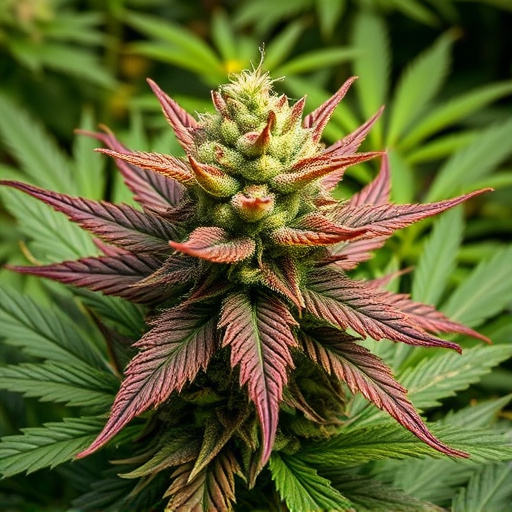
When it comes to medicinal cannabis strains, setting safe dosage boundaries is paramount for ensuring effective and risk-free treatment. The recommended limits vary based on individual factors such as age, medical history, and tolerance. For beginners, starting with low doses and gradually increasing is crucial to gauge personal responses without exceeding safe thresholds.
Professional guidelines suggest specific dose ranges for different conditions, offering a framework for responsible cannabis use. These recommendations account for the potent compounds found in medicinal strains, emphasizing the importance of precision and moderation. By adhering to these dosage limits, individuals can maximize therapeutic benefits while minimising potential risks associated with excessive consumption.
In conclusion, while medicinal cannabis strains offer a range of potential therapeutic benefits, establishing safe dosage limits is crucial for minimizing risks. The recommended limits vary based on factors like individual tolerance and desired effects, emphasizing the importance of informed use and professional guidance. Understanding the properties and effects of different strains enables consumers to make educated choices, ensuring cannabis is harnessed responsibly for its beneficial properties without adverse consequences.



